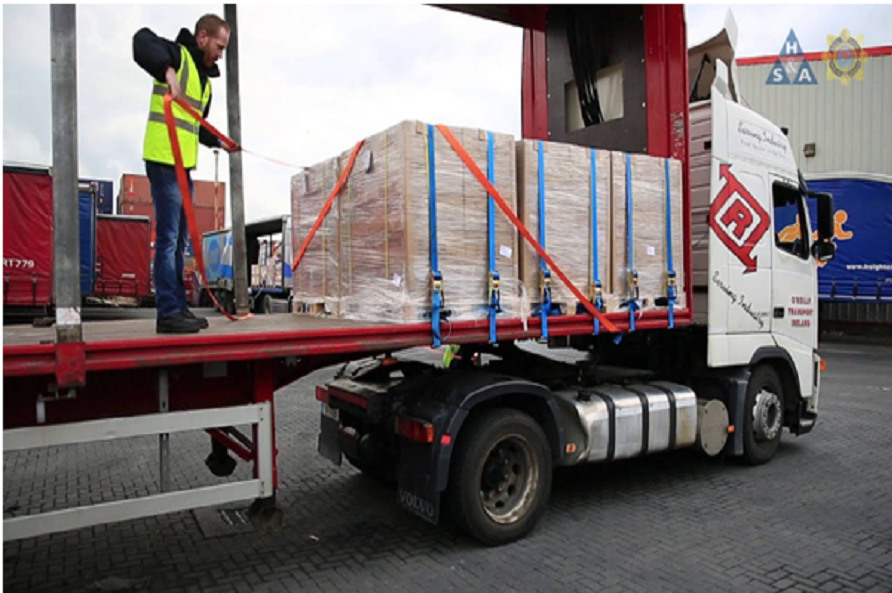
If you work in road transport, it’s important that you know how to restrain loads safely. Load restraint training in Perth will provide you with the crucial safety awareness knowledge and training you need to load, unload, and transport cargo safely by road. You’ll gain an understanding of the main options for portly loads, how to calculate how much restraint is required, and the safety considerations you need to take into account.
What are the main options for restraining loads?
There are three main ways to restrain a load: friction, positive locking, and mechanical strength.
- Friction is the force that resists motion when two surfaces are in contact. The load is prevented from moving by the friction between the load and the restraining device.
- Positive locking is a system where the load is locked into place by a device that physically prevents it from moving. The load is restrained by its own weight or by an external force, such as gravity.
- Mechanical strength is the ability of a material to resist deformation under loads. The load is restrained by the strength of the restraining device itself.
Which option you choose will depend on your specific needs and requirements. Each option has its own advantages and disadvantages. No matter which option you choose, it is important that you get proper training before using any load restraint system.
How to calculate how much restraint is required?
Load restraint is all about preventing your load from shifting during transit. It’s vital to the safety of your load, your vehicle, and other road users. But how do you know how much load restraint is enough?
The answer depends on a few factors, including the type of load, the size of the load, and the conditions of transport (e.g., rough roads). Fortunately, there are some general guidelines that can help you determine the right amount of load restraint for your situation.
Here are a few things to keep in mind when calculating how much load restraint is required:
-
The type of load:
Is it a heavy load or a light load? If it’s a heavy load, you’ll need more restraint to keep it in place. If it’s a light load, you can get away with less.
-
The size of the load:
A larger load will require more restraint than a smaller one. This is because a larger load has more surface area, which means there’s more opportunity for it to shift during transport.
-
The conditions of transport:
If you’re transporting your load on rough roads, you’ll need more restraint than if you’re transporting it on smooth roads. This is because the bumps and jolts of the road can cause the load to shift, even if it’s properly restrained.
-
The type of vehicle:
The type of vehicle you’re using will also affect how much load restraint is required. Heavier vehicles require more restraint than lighter ones because they’re less likely to be affected by bumps and jolts in the road.
-
The number of axles:
The more axles your vehicle has, the more load restraint it will need. This is because each axle adds stability to the vehicle and prevents it from moving around as much.
Keep these factors in mind when calculating how much load restraint is required for your situation. With a little planning, you can ensure that your load is safely restrained and that you’re complying with all applicable regulations.
Things to consider while choosing a load restraint training course:
When selecting a load restraint training course, there are several things you should consider:
- Does the course cover all the topics you need?
- Is the course approved by the relevant authorities?
- Is the course provider reputable and experienced?
- Does the course fit within your budget?
Load restraint training in Perth is an important part of ensuring the safety of your load, your vehicle, and other road users. With a little bit of planning, you can find a load restraint training course that meets your needs and fits within your budget.

